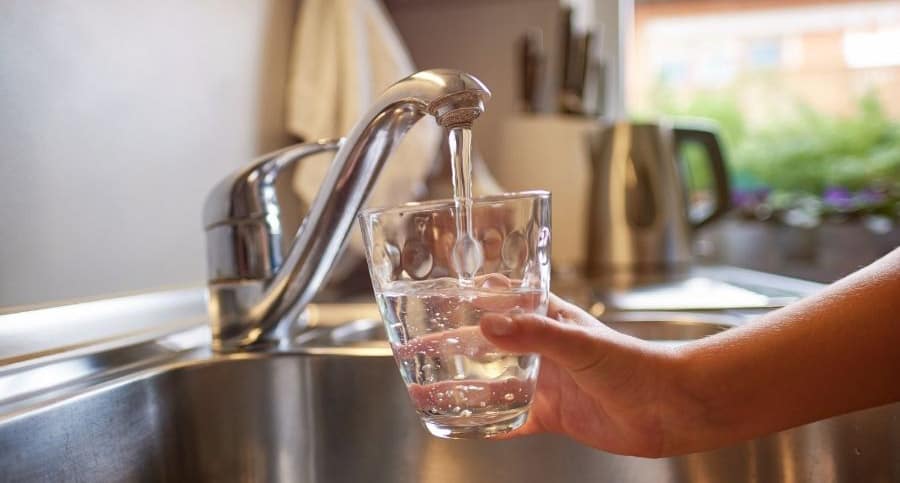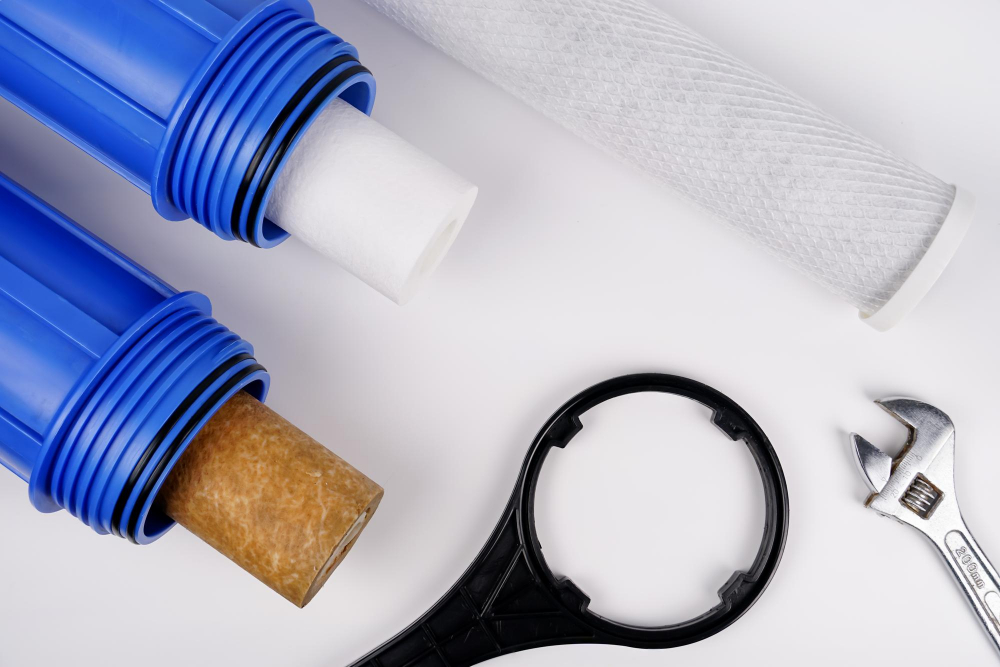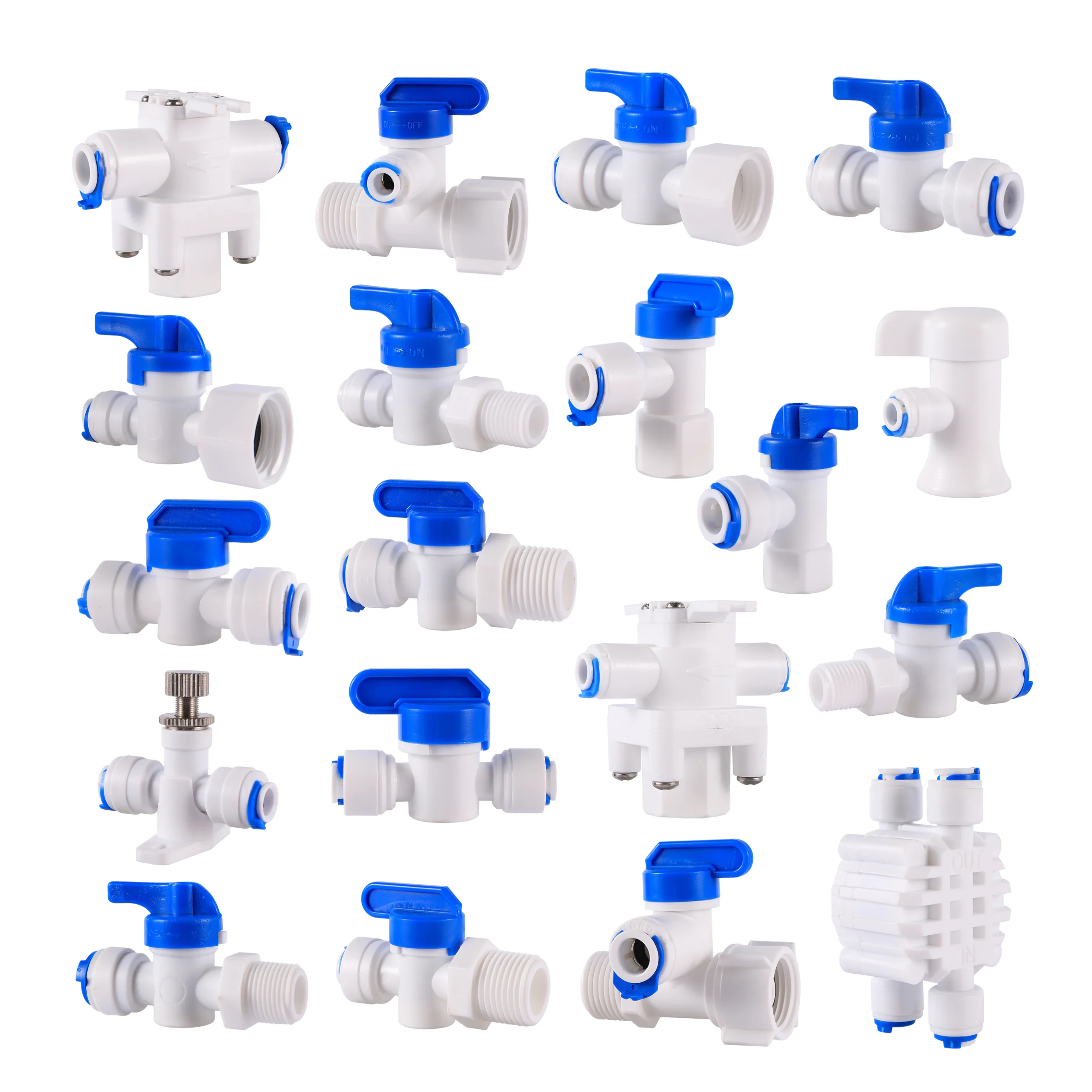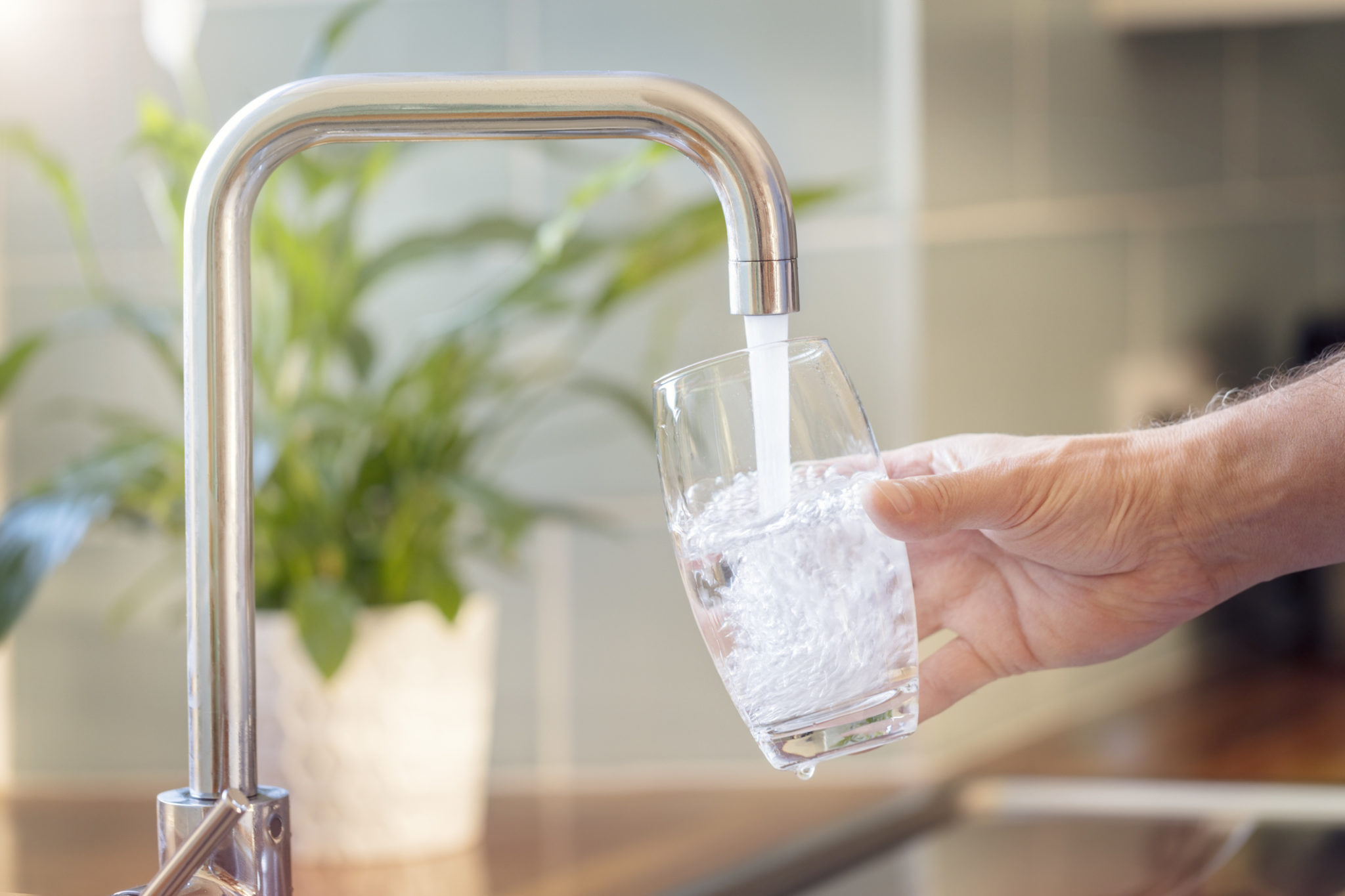5 Reasons You May Have Slow Flow Rates From Your Reverse Osmosis System
If the water coming out of your Reverse Osmosis (RO) faucet seems to be slower than normal, or slower than you think it should be, here are five reasons why you might have slow flow rates:

- Clogged RO Filters: If you forget to change your water filters, with time your system will produce less and less water. Clogged or fouled RO water filters is the most common reason for a slow-filling RO tank and faucet flow. Trying to fill a reverse osmosis water tank with a fouled membrane may take 4-6 hours, rather than the usual 2-4 hours. You may want to set a calendar alarm so you’ll remember to replace your filters on time. To order filter replacements, learn how to find the correct filters for your system. And to simplify annual filter replacements, we’ve created filter bundles. Start of selecting your brand and model to determine available filter replacement kits.
- Pressure in Tank: You might have low air pressure inside the RO tank itself. Your tank should have pressure of 7 to 8 psi without any water in the tank. To check your pressure, locate the Schrader valve, typically covered by a blue plastic cap, on the side of the tank near the bottom. After removing all the water from the tank, use a low pressure gauge to determine the pressure in the tank. If low, add air with a pump until you have 7-8 psi. Be careful to only add a small amount of air at a time, as too much pressure can rupture the air bladder.
- Ruptured RO Tank Bladder: If you only get about 8 ounces (one cup) of water out of your RO faucet at normal water pressure, and then the water instanty trickles down to a very small stream, this typically is a sign the air bladder in the storage tank as ruptured. Bladder tank problems unfortunately cannot be repaired. The only way to resolve the issue is to replace the storage tank.
- Kink in water line: Make sure there are not any kinks in the water line, which would slow water production. And while you’re inspecting your system, double check that the water supply line valve is in the fully open position
- Temporary Loss of Water Pressure: You may have temporary loss of water pressure with your local utility company. An RO system needs a minimum of 40 psi to operate properly, but 60 psi is optimal. If all of your household faucets seem to have low water pressure, then most likely your utility company is temporarily flowing water at a lower pressure. Often, higher water pressure will return if you wait a bit. If higher water pressure does not resume, report the issue to your local water utility company.


 Yedek Parçalar
Yedek Parçalar
